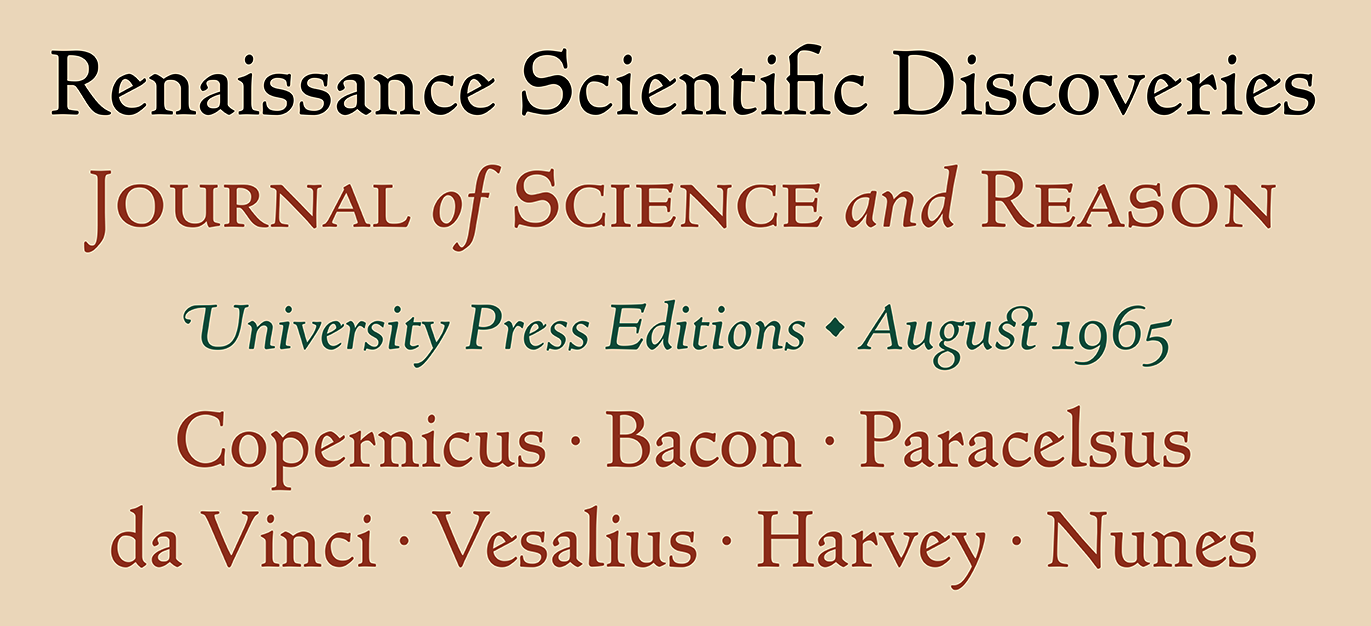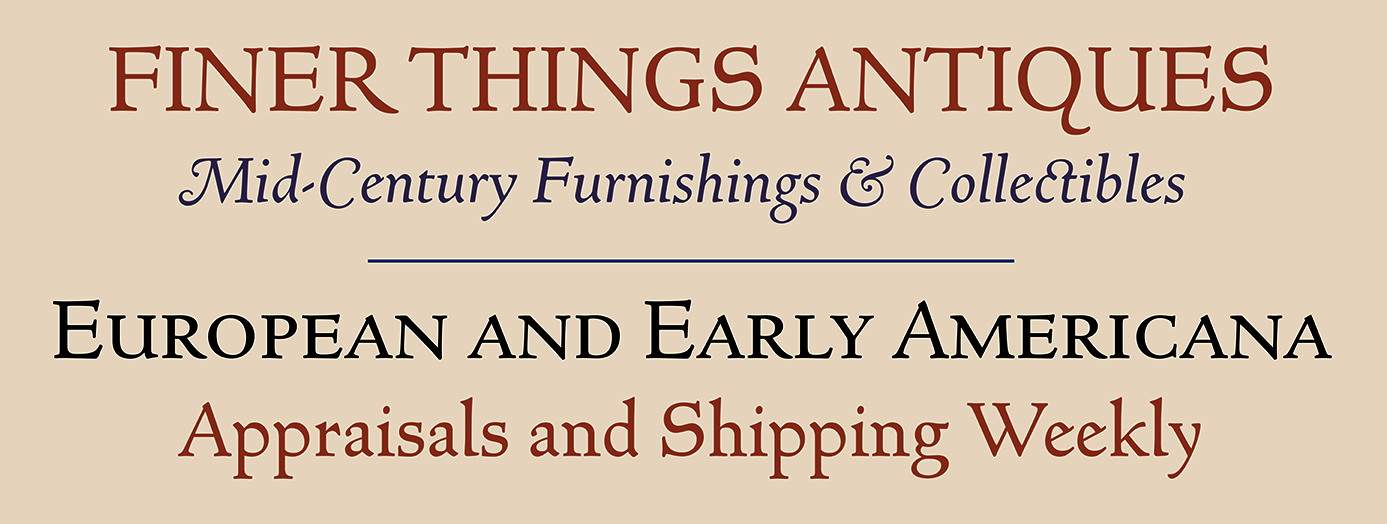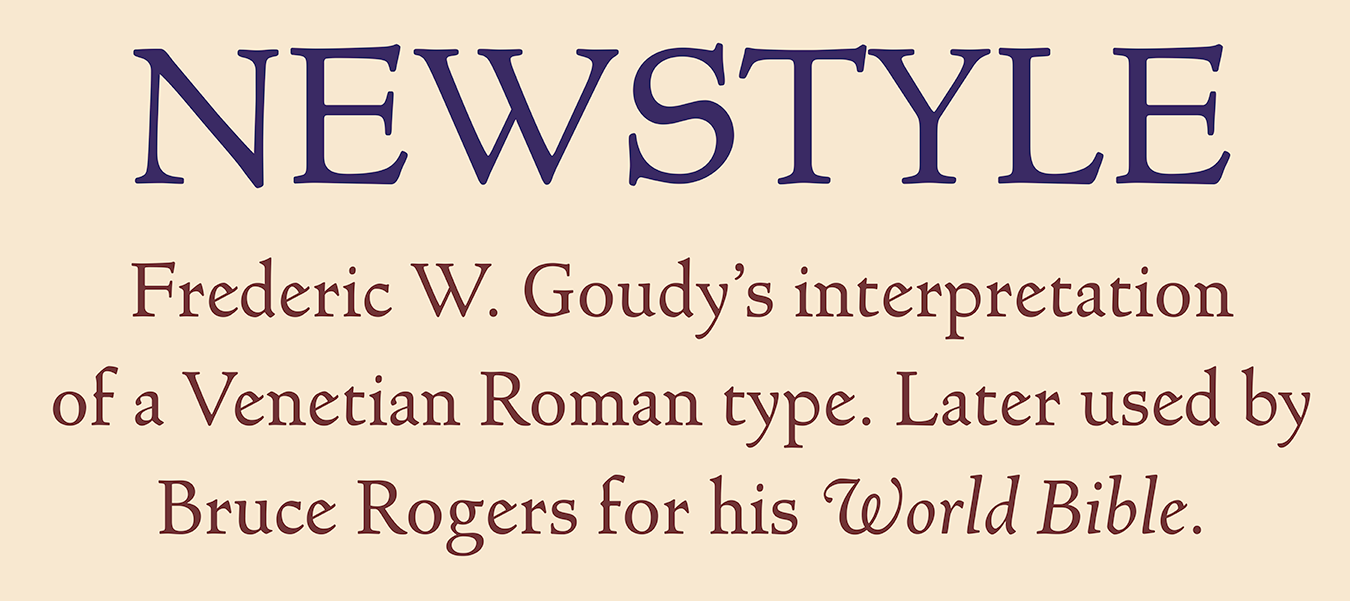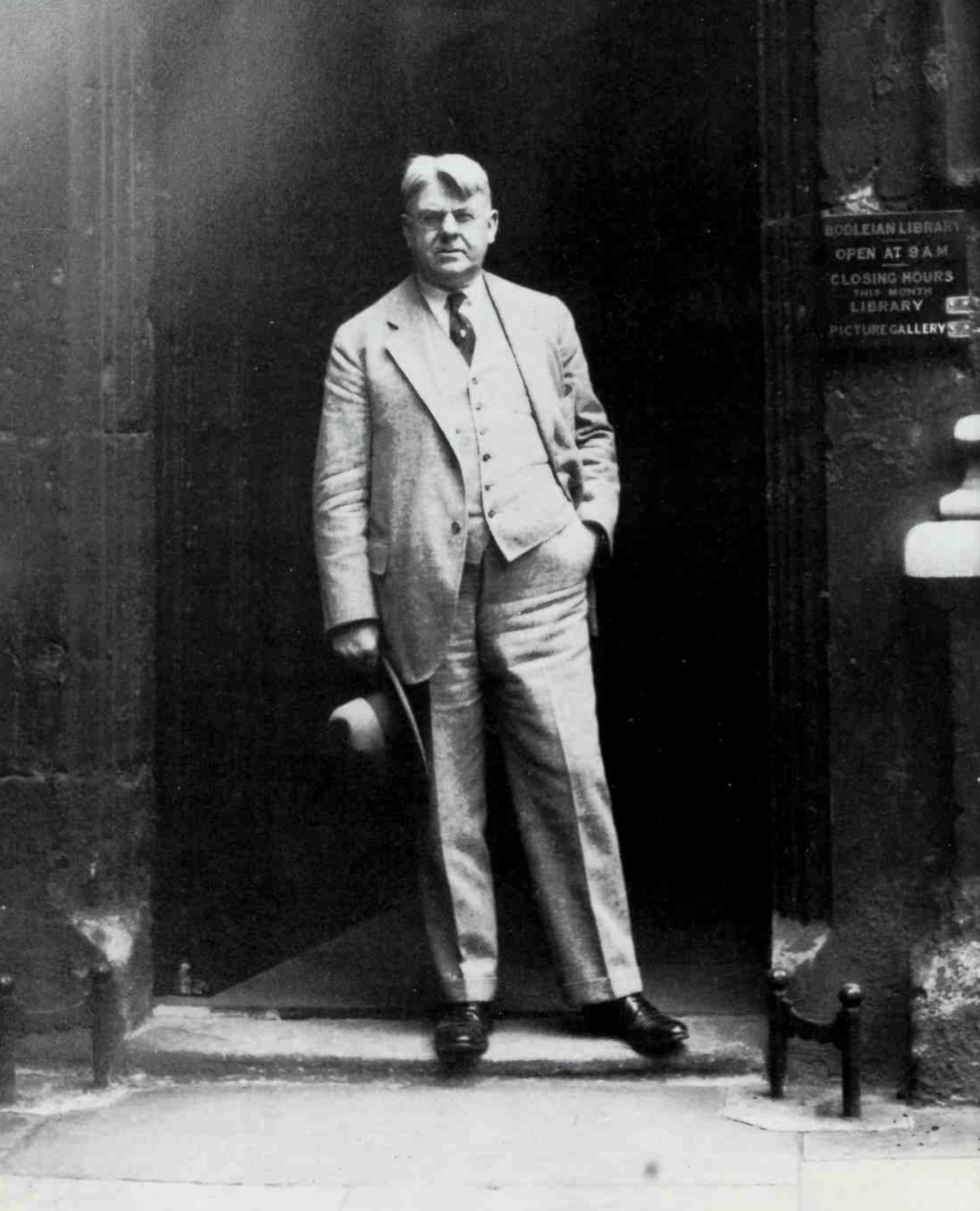TYPE DESIGN INFORMATION PAGE last updated on Tue May 14 18:08:57 EDT 2024
FONT RECOGNITION VIA FONT MOOSE
|
|
|
|
D.J.R. Bruckner: Opinions on Goudy
Quoting from the introduction of Frederic Goudy (Masters of American Design) (1990, D.J.R. Bruckner for Harry N. Abrams Publishers, New York). During the last twenty-five years of his life, F. W. Goudv was a famous man. He was a popular speaker who traveled across the country and the Atlantic, year after year giving talks to students, businessmen, clubs---almost anyone who would listen. His books on lettering and the alphabet had wide influence. His home became a place of pilgrimage for his followers. He was talked about and interviewed on network radio: a Hollywood studio made a film about him and his work: he was a regular presence in newspapers and magazines---not just those addressed to people in printing, publishing, and advertising but in Sunday supplements, national news magazines, even The New Yorker and Popular Mechanics. He never made much money but he did have fame. Forty vears after his death even people in the world of print know little about him except that his name is attached to many typefaces. And there are strange misapprehensions about him, the oddest being that he was a formidably serious presence. That would have amused Goudy. He was a great raconteur with a large repertory of funny stories, and he enjoyed jokes on himself. He was keenly aware of how different he was from most of his colleagues in design, and he knew very well how to use his eccentricity to his advantage. He was a thoroughly democratic man typical of the generation of the Middle West after the Civil War and in his long battle for order and clarity in the printed word he carried the fight down to printers, compositors. mechanics, and the general public in a way few of his contemporaries did. It is that aspect of his personality, in fact, that drew criticism of him during his life and that continues to inspire derogatory remarks about him now. He was certainly overpraised by his admirers while he was alive, but he has been belittled by opponents with a harshness that is hard to understand and impossible to justify. Among those who remember him---by now all are people who came to know him only after he was famous---some of the old attitudes persist. Joseph Blumenthal, the printer, who has written a valuable history of printed books, says "He was a great self-promoter and he was a lot of fun to be with. But he was not the great printer or typographer, and I do not think he was even the greatest American designer of type. You would not put him with Daniel Berkeley Updike in printing or Bruce Rogers in typography. And I think Rogers designed the best American type, Centaur." But Blumenthal has also pointed out that Goudy was the one person in the world of printing who had a great reputation outside that world. Horace Hart, one time president of the Lanston Monotype Company, says that "Goudy was surely the great American type designer and one who has few equals anywhere, ever. I don't know how many types he made and I am not sure that matters. He designed eight or ten or even a dozen that are classics, who else in the history of type has done that?" Herbert Johnson of the Rochester Institute of Technology (R.I.T.), whose knowledge of Goudy's work is unequaled, says, "Goudy was just too democratic for those Eastern guys who were already setting themselves up as an establishment in this business when Goudy came along. He had too much fun for them." And Alexander Lawson. also of R.I.T., thinks "Goudy's strength was the strength of his personality. He understood where the people of the country were moving, deep down some place, and he made his campaign for ideas a personal one. He achieved a lot because people responded to him personally. That is also the source of the criticism. Goudy was a very strong individual." Dr. Robert Leslie, the heart and soul of the Typophiles organization in New York longer than anyone could remember (he was only about twenty years younger than Goudy yet lived until 1987), thought Goudy's strengths and weaknesses were both exaggerated but said, "He inspired printers and compositors and a lot of people no one paid much attention to, and he gave them some dignity. He deserves honor for that, as much as for his types. He loved to be honored, too. Why not? He deserves that." Goudy was an actor who made his start at an age when serious people in professions ought to be already established. He offended the snobbish among his peers by seeking the reward they would never accept---applause. But he used his popularity to change the perceptions of his audience and make it more discriminating. His zeal for good design was infectious, if subversive. One of the legacies of John Ruskin and William Morris, who in the nineteenth century had started the movement that gave rise to the whole modern notion of design, was the idea that good design was the possession of the few who know, and from them it should be passed down to the masses. By the time Goudy began designing, it was thought the standards could come only from dedicated scholars and were to be seen in the best work of private presses or a few university presses. Goudy was about as theoretical as the metal he worked in. But he understood the crowd and wanted the crowd to know. He did not pretend to talk much about what he never tried to do. But he loved to talk about craftsmanship and its standards, and his tradiing was extraordinarily effective. Instinctively he was a cowboy, and he thought every person had a right to make his own mark. His talks and his writing were the old populist cry of the American heartland, and he tended to treat the great masters of type design of the fifteenth and sixteenth centuries as honored and intelligent colleagues, not as unapproachable figures in a pantheon. He ran his own press, the Village Press, for more than thirty-five years and his own foundry for fifteen. He designed scores of types for the two largest foundries in the country as well as for his own. He wrote books and pamphlets about type and design and founded a journal of type design that is of great historical importance in the history of American design. And, as Herbert Johnson said, he had a lot of fun doing it all. Bruckner himself likes Goudy Modern, Goudy Newstyle, and Italian Old Style, and writes I think the type that brings together most characteristics of Goudy types the best and has the most distinctive appearance is Deepdene. It is not as exciting or singular as some others, but it is essential Goudy. Every part of its production was done by his hands. |
EXTERNAL LINKS |
| | |

file name: Matteson Typographics Newstyle 2018 258048

file name: Matteson Typographics Newstyle 2018 258049

file name: Matteson Typographics Newstyle 2018 258050

file name: Matteson Typographics Newstyle 2018 258051

file name: Matteson Typographics Newstyle 2018

file name: Frederic Goudy Goudy Modern 1918

file name: Frederic Goudy Bodleian Library Pic 1929
| | |
|
Luc Devroye ⦿ School of Computer Science ⦿ McGill University Montreal, Canada H3A 2K6 ⦿ lucdevroye@gmail.com ⦿ http://luc.devroye.org ⦿ http://luc.devroye.org/fonts.html |
